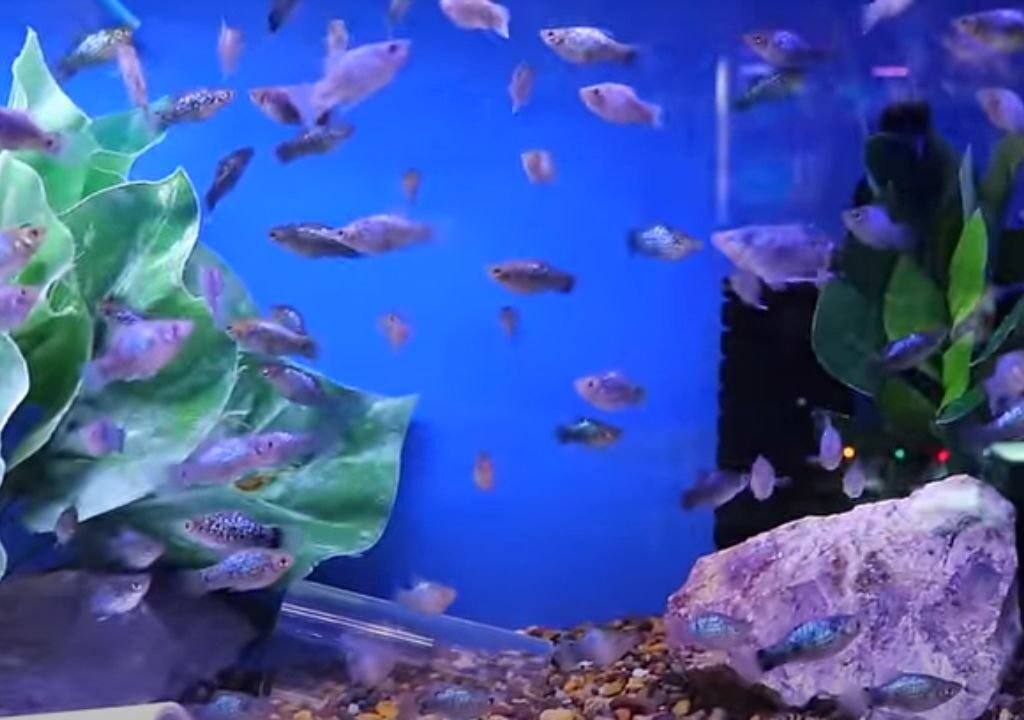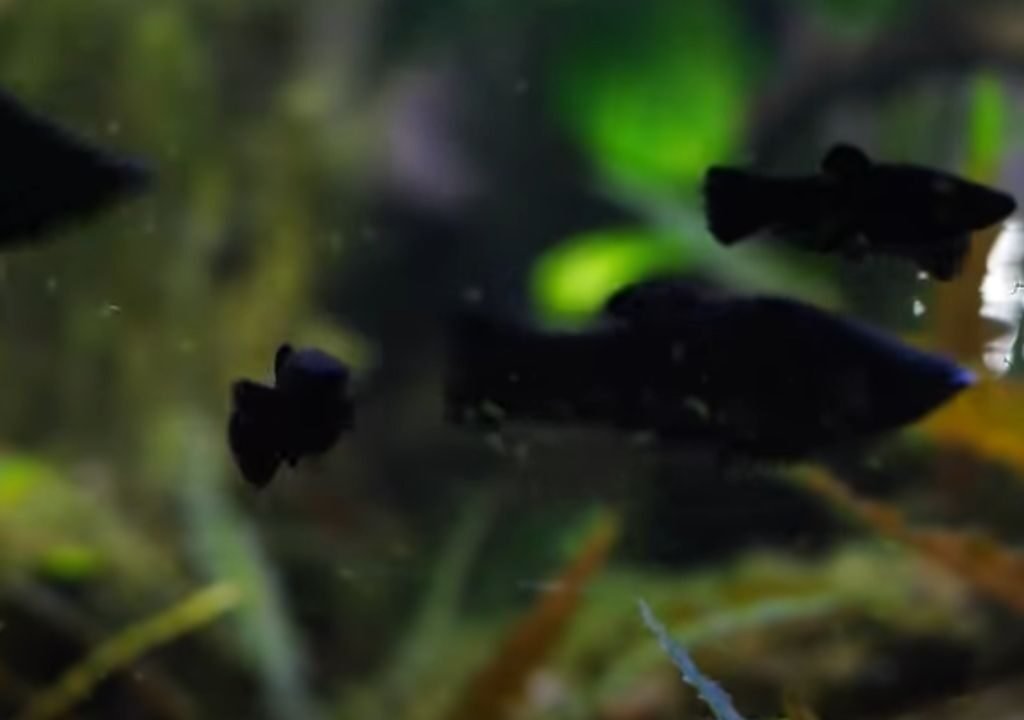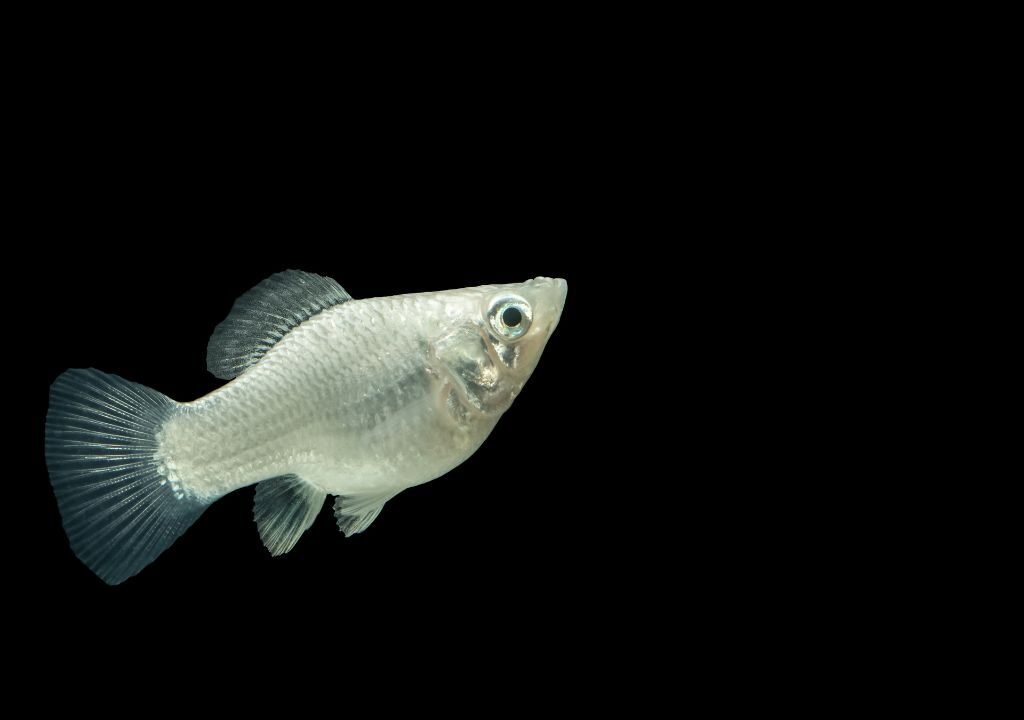Molly Fish Care Guide: Tips for a Thriving Aquarium
In this blog, I’ll share everything you need to know about one of the most fascinating aquarium fish: the Molly. While mollies are popular among aquarists, their vibrant colors and engaging behavior make them a standout choice for any tank. We’ve got them in our 50-gallon lowboy tank, and they’re doing fantastic. They breed readily in captivity, and with so many varieties available, there’s a perfect Molly for every aquarist.
If you haven’t kept them before, or it’s been a while, and you want to add a lot of personality and activity to your tank, this is a great fish to consider. However, they are often misunderstood. I want to take a few minutes to talk about some of the misconceptions about mollies.
Where Do Mollies Come From?
Mollies belong to the genus Poecilia. There are lots of different species, but I’ll focus on the genus as a whole. These fish are naturally found in the southern United States and Central America. In the wild, they inhabit streams, rivers, coastal areas, and even brackish water. This adaptability gives them a broad tolerance for different water parameters.

Size and Coloration
The size of mollies depends on the species, ranging from 3 inches to, in some cases, females growing up to 5 or even 6 inches. Their coloration is diverse and includes varieties like black mollies, dalmatian mollies, gold mollies, and unique styles such as balloon and lyretail mollies. This diversity makes them an attractive addition to any tank.
Temperament
Mollies display varying behavior depending on their environment and tank mates. Many sources claim they are peaceful fish, but I’ve found that it depends on what and how you keep them. In a large group, like our tank setup, they tend to be peaceful. However, in smaller groups or community tanks with docile species, they may become semi-aggressive.
Male vs. Female Mollies
Male mollies typically have slightly more vibrant colors than females, especially in species like sailfin mollies. Males also have a distinctive large dorsal fin that adds to their charm. Both genders, however, can display beautiful colors.

Tank Mates
Choosing tank mates for mollies can be tricky. While they can be semi-aggressive in smaller groups, they tend to thrive in larger communities. Ideal tank mates include black neon tetras, emperor tetras, rasboras, and bristlenose plecos. Avoid pairing them with fish that have long, flowing fins or are overly docile.
Water Parameters and Care
One major misconception is that mollies require brackish water. Based on my experience and input from livebearer enthusiasts, mollies thrive in freshwater tanks without the need for added salt. Our 50-gallon tank has a pH of 8–8.2, a temperature in the upper 70s, and water hardness of around 12 degrees. Mollies prefer clean, alkaline water with stable conditions.
Feeding
Mollies are easy to feed. We use Northfin flakes and pellets, supplemented with live baby brine shrimp, frozen bloodworms, and brine shrimp. Although some mollies may pick at green hair algae, it’s not a reliable primary food source across all varieties.
Breeding Mollies
Breeding mollies is relatively straightforward since they are livebearers. Males have a gonopodium, and females release fry every 30 days or so. In our tank, we maintain plenty of plants and cover to protect the fry, which allows them to survive without separation from the adults.
Tank Size and Setup
Key Information
|
Category |
Details |
|
Origin |
South America, specifically the Amazon River and its basin. |
|
Water Parameters |
pH: 6-8; Water Hardness: 50-200 ppm. Stable conditions are more important than exact parameters. |
|
Size |
Body: 5-7 inches; Including fins: up to 12 inches for veil-tailed angelfish. |
|
Tank Requirements |
Minimum: 29 gallons for juveniles; Recommended: 55 gallons or larger for full-grown angelfish. |
|
Temperament |
Generally peaceful but can be aggressive toward each other. Compatible with small, non-aggressive fish. |
|
Suitable Tank Mates |
Neon tetras, black skirt tetras, emperor tetras, Corydoras, German blue rams, honey gouramis. |
|
Unsuitable Tank Mates |
Barbs, rainbow sharks, African cichlids, Oscars, and overly active or fin-nipping fish. |
|
Feeding |
Frozen bloodworms, brine shrimp, flake foods, live baby brine shrimp, and N Fin Bug Pro flakes. |
|
Decorations |
Sand or gravel substrate, rocks, driftwood, live plants (e.g., Anubias, Java fern, jungle Val). |
|
Breeding |
Lay eggs on leaves, filter intakes, or terracotta cones; large spawns with hundreds of fry. |
Conclusion
Mollies are a versatile and enjoyable fish to keep, offering vibrant colors, engaging behavior, and straightforward care requirements. If you’re looking for a lively addition to your tank, they are definitely worth considering.


